COVID-19, fractious democracies, a disinformation crisis, no travel: it’s enough to make you scream isn’t it?
Last Sunday The New York Times had this to say:
The image of vocal terror is among our most universal and elemental…In actuality, the most horrifying scream is one with no sound at all.
I think we can agree that the most iconic human figure in western art, the soundless image that best captures our existentialism angst, the image of vocal terror expressing our inner state, is Edvard Munch’s The Scream.
Norway’s greatest painter—one of the world’s greatest painters—Munch painted several versions of The Scream and since almost all of his 1,100 paintings 4,500 drawings and 18,000 woodcuts, etchings, lithographs, copperplates and photographs are in Norway, we were looking forward to seeing his artwork.
It was not so easy.
Oslo is building a new museum for Munch’s art, scheduled to open in 2021, and the original Munchmusset was closed. In Bergen, our first stop in Norway in August, KODE 2 was closed in preparation for a special exhibition, “There are Worlds Within Us,” a rare meeting of four of the largest collection so f Munch in the world (including the shuttered Munchmusset), but not opening until September.
Magellan, ever the thinker, came up with a plan. Instead of driving from Stavanger to Bergen to drop off the motorhome, why not take the five-hour ferry? The cost was less than paying for diesel and road tolls and would be much more relaxing—plus we’d arrive with time to see “There are Worlds Within Us.”
Munch painted his first version of The Scream in 1893 after two years of trying to convey a personal event on canvas, conceived as part of a semi-autobiographical cycle he called “The Frieze of Life.” In his words,
Stopping, I leaned against the railing, almost dead with fatigue. Out over the blue-black fjord hung clouds like blood and tongues of fire. My friends walked away and, alone, trembling with fear, I became aware of the great, infinite scream of nature.

He was only 29 years old when he first painted The Scream, a strung-out young genius, an alcoholic, an agrophobic. Faintly penciled on one of the painting’s red stripes, Munch wrote, “Only someone insane could paint this!” Peter Schjeldahl, my favourite art writer, says, The Scream is “a figure formed of the rhythms of earth, sea, and sky, all of the nature within a person in contact with nature, at large, of an uncaring universe.“ Munch himself said
By painting colours and lines and forms seen in quickened mood I was seeking to make this mood vibrate as a phonograph does.
No wonder he felt like screaming.
He was melancholic over the death in 1891 of his father, Christian, a military doctor insanely religious to the point of psychoneurosis. Before Edvard’s fifth birthday, his mother died from tuberculosis. After her death, the five children were brought up by their father and their aunt Karen in genteel poverty, his father’s attempts to set up in private practice failing in town after town. Edvard was a sickly child who suffered from chronic asthmatic bronchitis and rheumatic fever. His favourite sister Sophie died when he was fourteen and his sister Laura was diagnosed and institutionalized for mental illness. (The setting of The Scream is along a road overlooking Oslo after he visited Laura at the asylum.) He witnessed a murderous love affair among his bohemian friends. He was desolate at 21 when the first woman he loved, Millie Thaulow, the wife of a distant cousin, ended their relationship.
But wait, there’s more…Later he fell in love with Tulla Larsen, a wealthy liberated woman who wanted to marry him but Edvard was intimately afraid of making the commitment, in poor health and drinking too much. She married someone else. Years later when Tulla was suicidal and called for him, they quarrelled and he accidentally shot himself with a revolver, losing part of a finger on his left hand. His brother Andreas, the only one of his siblings to marry, died suddenly from pneumonia a few months after his wedding. Munch himself was institutionalized. Aaaaaargh!
Still resonating a raw, astonishing power, The Scream is considered quintessentially modern in experimentation and lasting innovation, in the realm of Van Gogh’s Starry Night and Picasso’s Les Demoiselles d’Avignon—second only to Leonardo da Vinci’s Mona Lisa. His third painting (1895) of The Scream, pastel on board, sold for a record $120 million in 2012 and has been reproduced on the 10,000 Kroner Norwegian banknote and on countless products from notebooks to book ends throughout the world. It influenced many artists, including Canada’s Group of Seven.
When you see Munch’s paintings in a gallery, you realize how thinly painted they are, making them look quite dry and a little unfinished. Describing this, the Norwegian author Karl Ove Knausgaard writes,
It is precisely everything that is wrong with them, aesthetically speaking, which makes them effective: that they are closed in on themselves, have no real pictorial space and are almost exaggeratedly iconographic.
Karl Ove also points out that the space in munch’s paintings is arranged with a “characteristic sloping foreground. The pictures dip, and it is almost a miracle that Munch’s figures haven’t fallen out of the paintings over time…like chutes sending the depicted subject straight into the arms of the viewer…So much longing in so little space.”

On the wall of KODE 2 was this:
In all his art, Munch explored connections within life and nature—the great in the small, the small in the great. One of the main themes of the exhibition is the tensions between our inner world of emotional and mental states and the framework provided by the outer world.
And how did Munch become an artist? His father insisted he attend Technical College to become an engineer but Edvard’s illnesses caused him to be absent so often that he dropped out and enrolled at the Royal School of Art and Design. A year later, he left and he a few other art students rented a studio in a building where the Norwegian artist Christian Krohg painted. Krohg, a leading figure in the movement from romanticism to naturalism, tutored these young painters.
Munch soon began dividing his time between Paris and Berlin, fraternizing with like-minded artists and writers and most influenced by Cézanne, Gauguin and Van Gogh. Munch, like Van Gogh, visited Antwerp in 1885. Although scholars say it’s unlikely the two ever met, their paintings share a fluidity of wildness in their swirling brushstrokes and fiery coloration. In Munch’s works, there’s also Fauvism and Surrealism and the influence of Rousseau.
He often painted several versions of the same picture, copying his own paintings. In fact, The Scream’s composition exists in four forms: the first in oil, tempera, and pastel on cardboard; two pastels; and a final tempera painting—plus numerous prints. He bought his first camera in Berlin, creating time-lapsed ghosted photos that we found quite intriguing. Ars longo Vita brevis, Munch is quoted as saying: “Life is fleeting but art endures.”
This we found intriguing, too—Munch charged an entrance fee for people to view his paintings. Perhaps that was his main way to make a living because he considered his paintings to be his children and was therefore loath to sell them. “Like a devoted parent, he sacrificed everything for them,” writes Arthur Lubow in The Simthsonian. He willed the vast unsold collection of more than 20,000 artworks to the municipality and his dealer, Harald Holst Halvorsen, worked hard to see the return to Oslo of works that had previously sold.
Munch said, “I do not believe in the art which is not the compulsive result of Man’s urge to open his heart.” In opening his tortured heart, he has given us enduring hope—we are not alone in this universal human experience, as this painting, one of my favourites from this exhibition, so intimately implies.
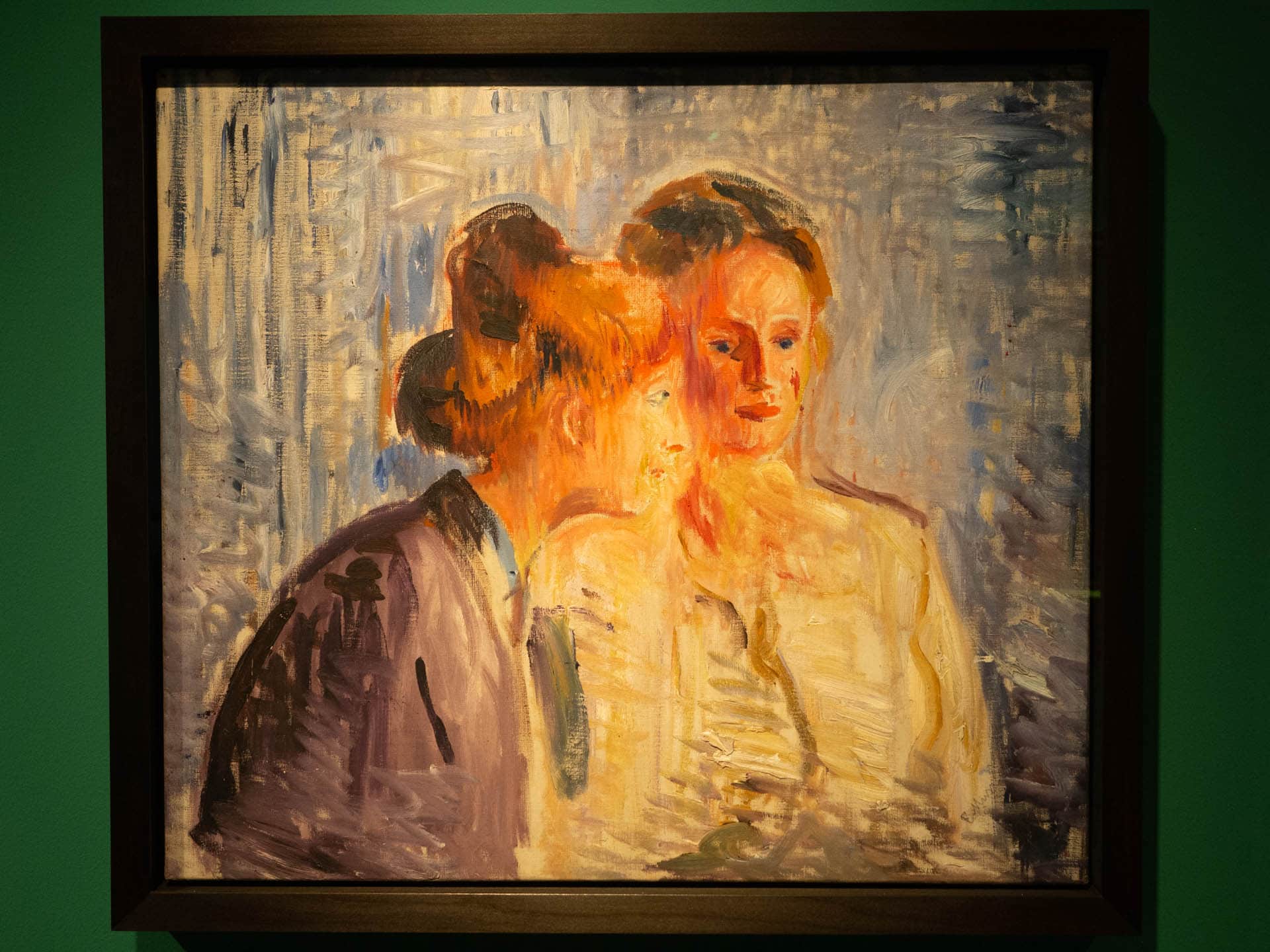
Navigation
UPDATE: February 23, 2023: From the poem “Women the Shore” in Linda Pastan’s last book, Almost an Elegy, published 2022 before her death in January 2023:
In Edvard Munch’s woodcut,
the pure geometry of color–an arctic sky,
the luminescent blues and greens of water–
surrounds the woman in black
whose head it turning to a skull.
If death is everywhere we look,
at least let’s marry it to beauty.
UPDATE: February 23, 2021: Mysterious Message on “The Scream” was written by Edvard Munch himself
Bimer, Barbara Susan Travitz. Munch’s Fatal Women: A Critical Approach. Thesis for a Master of Arts. Digital Library North Texas State University. Denton, Texas, December 1985. I didn’t read all of this fascinating piece of work where I found the title (and background story) for Salome 11.
Here’s a link to the Edvard Munch website.
Jones, Jonathan. “How The Scream became the ultimate image for our political age,” The Guardian. January 16, 2019.
Knausgaard, Karl Ove. So Much Longing in so Little Space The Art of Edvard Munch. Translation by Ingvild Burkey. New York: Random House, 2017. Karl curated a Munch exhibition “Towards the Forest” in October 2017 at the Munchmusset.
Lubow, Arthur. “Edvard Munch: Beyond The Scream.” The Smithsonian. March 2006.
The opening quote is from an article in The New York Times by Melena Ryzik last Sunday, November 1, 2020, before the US Election.
Schjeldahl, Peter. Hot, Cold, Heavy, Light. Art Writings 1988-2018. New York: Abrams Press, 2019. In your life if you buy one book on contemporary art, make it this one, for as Jarrett Earnest writes in the introduction you’ll come away with new insights and ideas but also with “a feeling of having been granted an extra life.”



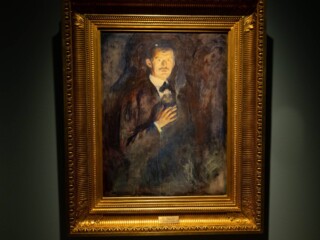

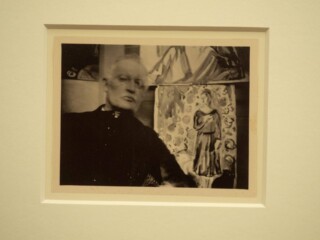
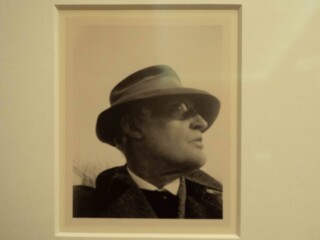
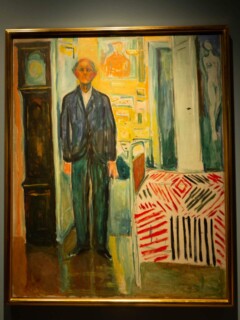
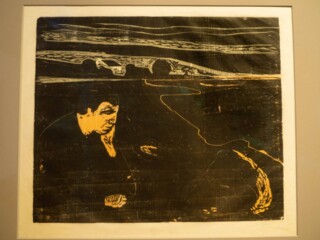
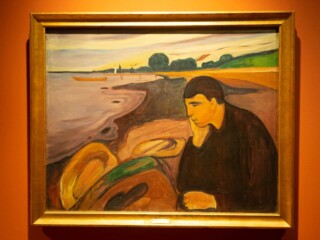
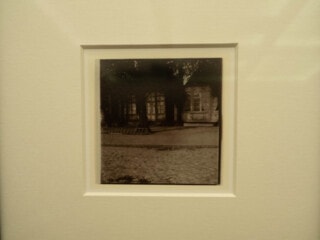
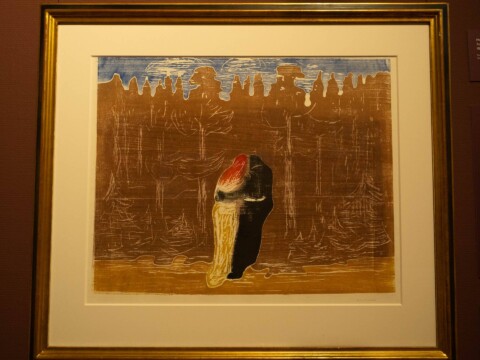
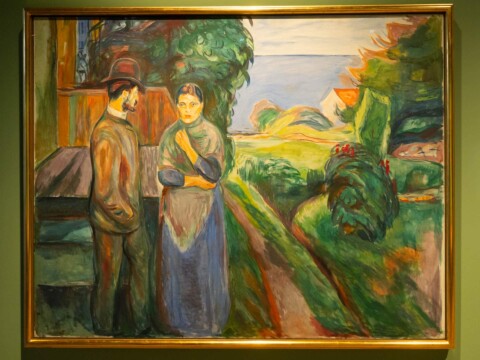
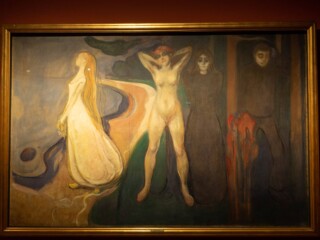
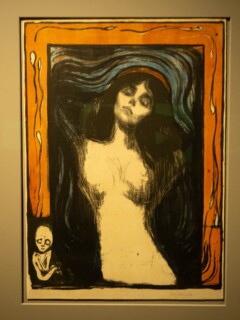

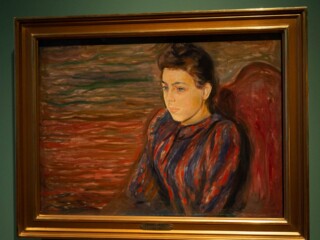
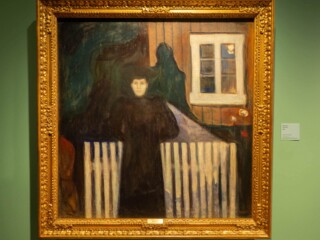
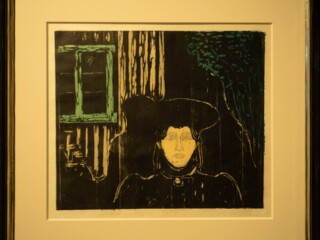





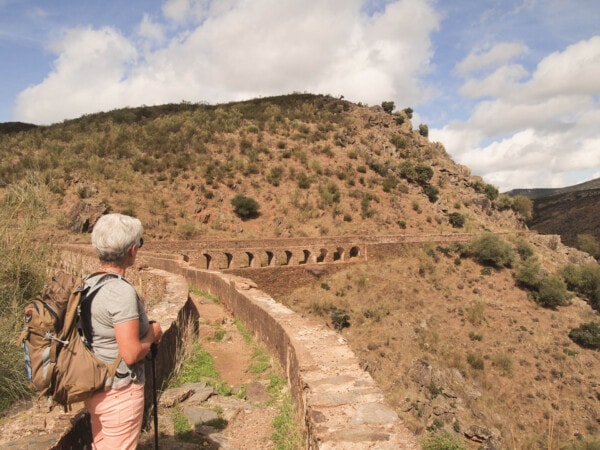


4 Responses
Thank you Gloria, great post. It was like visiting the museum.
I needed it.
Thanks again
j
Thanks Jolanta. I’ve been thinking about this post for a year. Now seemed like the right time, when so often we feel like the person in The Scream.
“a fluidity of wildness” …loved that! Super enjoyed this whole post. Completely feel like I spent the morning in a wonderful museum🇳🇴
Thanks Kim. I think my favourite phrase about Munch’s work is the title of Karl Ove’s book about it: So mUch Longing in so Little Space.